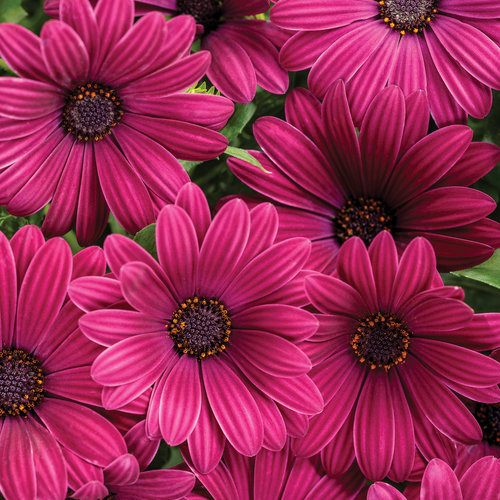Sun, Shade or Perhaps Something in Between
One of the most basic questions on gardening is whether you are looking for a sun or shade plant, or maybe something in between. This simple idea can be difficult to define if you don't understand what constitutes full sun, full shade, and partial sun/shade. This article will go over the basics of sun and shade and how to determine which category different areas should be labeled.

One of the most basic questions on gardening is whether you are looking for a sun or shade plant, or maybe something in between. This simple idea can be difficult to define if you don't understand what constitutes full sun, full shade, and partial sun/shade. This article will go over the basics of sun and shade and how to determine which category different areas should be labeled.
Gardening doesn’t have a lot of black and white issues; a lot of having a garden is in understanding the many different shades of gray. How easy it is to put a sun plant where it gets too much shade or a shade plant where it gets too much sun? We think part of the problem is that many people aren't certain just exactly what constitutes full sun or full shade, much less partial sun or shade.
The general rules we go by are these:
Full Sun is 6 or more hours of direct sun a day
Partial Sun or Partial Shade is 4 to 6 hours of direct sun a day
Full Shade is less than 4 hours of direct sun a day
So how can you avoid torturing your sun plants with too much shade and your shade plants with too much sun?
One way is to draw a simple diagram of your garden. Then one day when you have time go out every hour, starting first thing in the morning, and mark which areas have sun or shade. Count the number of hours each area has sun to determine which conditions apply. The angle of the sun will impact how much sunlight each area gets. Northern exposures become much shadier in the winter and southern exposures get much more sun in summer. You may want to check the hours of sun each area receives every few months to get a really good feel for the amount of sunlight each area gets as the seasons change.
Full sun plants like bright sunny areas
Many full sun plants will be perfectly happy with sun 14 hours a day, every day. Some plants are happy with sun 14 hours a day, unless it gets hot then they like some afternoon shade (when the sun is hottest.) How do you know which sun plants prefer a bit of a heat break?
If the plant is noted as being great for early spring it is a good bet that it will be happiest with some afternoon shade. Some plants that fall into this category are:
Plants that are noted as heat and/or drought tolerant are generally pretty tolerant of even hot afternoon sun. Plants in this category include:
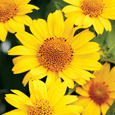 ‘Tuscan Sun’ Heliopsis |  Angelface® Angelonia |  Decadence® Baptisia | 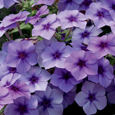 Intensia® Phlox |  Whirlwind® Scaevola |  Flambé® Chrysocephalum |
Partial sun and partial shade are probably the most confusing category
The two terms are fairly interchangeable. These plants prefer 4 to 6 hours of sun a day and would be happiest getting their sun mostly in the morning and/or evening with shade through the middle of the day. If a plant is called partial sun the emphasis is on making sure the plant gets at least 4 hours of sun a day. If a plant is called partial shade then greater emphasis is placed on the plant not getting more than 6 hours of direct sun.
You may also see the term Dappled Shade. Dappled shade refers to areas where there is a mixture of sun and shade, generally because a deciduous tree is nearby. Dappled shade is similar to partial shade. Plants in this category are often woodland plants and will do best with little full sun (even morning or evening sun). These plants thrive in sun that has been filtered by trees:
 Dolce® Heuchera series |  Infinity® New Guinea Impatiens | 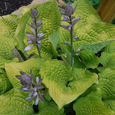 Shadowland™ Hosta series | 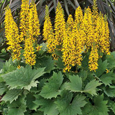 ‘Bottle Rocket’ Ligularia |  ‘Cutting Edge’ Tiarella |
Full shade plants prefer to get little direct sun
They like less than 4 hours of direct sun a day and prefer morning and evening sun to mid-day sun. Full shade plants should also do outstanding in dappled shade conditions. An area that will be shaded by a fence or wall will need to get several hours of sun in either morning or evening for plants to do well. Full shade does not refer to dark places. All plants need at least some light.
 Pegasus™ Begonia |  Charmed® Wine Oxalis |  Shadowland™ Hosta series |  ColorBlaze® Coleus |  Fun and Games™ Heucherella |




